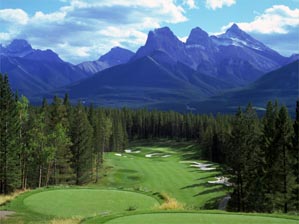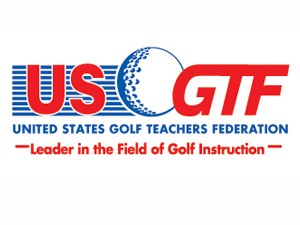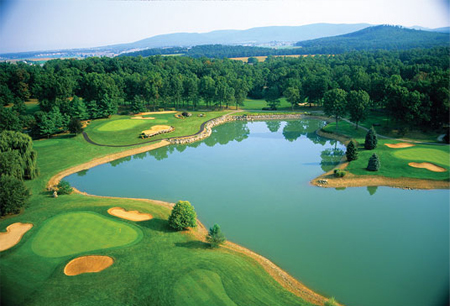Spinal Compression Angle
The primary spine angle is best seen from down the line; the secondary spine angle from the front or face on. Looking from down the line, if you have software capabilities with video that you have taken of the student, start a line from the farthest that their bottom sticks out, and extend it up the back, and let it continue until it’s above their head. We can call this line the lumbar tilt” Now, start a second line from where their back splits from that line and run it to the back of their head. Let’s call this line the thoracic tilt. Finally, you can run a line from the student’s chin up to their forehead. We can call that line the head tilt.
With most software, you can obtain an exact degree of tilt with each of those lines. Without getting too specific, I believe that a lumbar tilt of 55-65 degrees is optimal, but shallower or steeper can certainly be acceptable given the physical stature and range of motion of the student. Optimal thoracic tilt should be anywhere from parallel to the lumbar tilt to as much as 18-20 degrees shallower at the most. Let’s call the angle between lumbar tilt and thoracic tilt the spinal compression angle (SCA).
An ideal SCA would be as much as 18-20 degrees, but the smaller the angle the better. Ideally, head tilt would be about halfway between lumbar and thoracic tilt. An example of great posture could be lumbar tilt 60 degrees; thoracic tilt 48 degrees; and; head tilt 54 degrees. I am in no way suggesting that you have to make things that exact. This would just be a general example of very good posture.
If the student has a SCA of more than 35 degrees, they are, in effect, an accident waiting to happen. According to my studies, the average golfer has a SCA of 38 degrees, and that is why so many golfers have chronic back issues. By educating them to an acceptable SCA, you can have the assurance to know that you have helped them to be healthier and enjoy golf more, not only because they will feel better, but also because they will play better. The amount of golfers who have back problems that are preventable is staggering! Our students trust us, and we are responsible to inform them of the most important aspect of the golf swing: POSTURE!
Good golfing!




